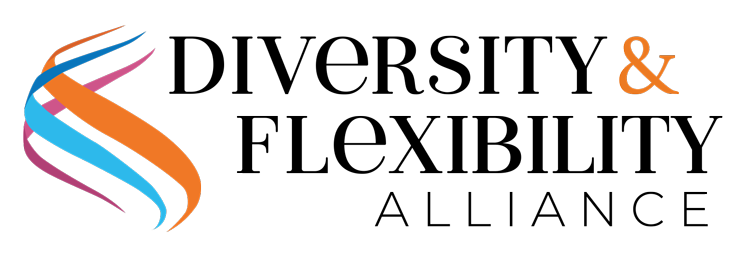The Alliance’s Action Steps are designed to assist organizations with implementing practical strategies and policies related to diversity and flexibility. Members can access full versions of all of the Alliance’s Action Steps in the Member Resource Center.
Delivering effective feedback is critical to developing and enhancing employee performance and engagement. Most organizations and leaders know and understand the importance of feedback. The vast majority of organizations have an annual performance evaluation process, where employees receive feedback on their areas of strength and development over the year. While annual performance evaluations are necessary, feedback needs to be given much more regularly – even daily. According to research, employees who receive daily feedback are 3x more likely to be engaged than those who receive feedback once a year or less.
However, unconscious bias can negatively impact our ability to provide fair, objective feedback. Common bias patterns that impact feedback may include:
- Confirmation bias – looking for information to confirm pre-existing opinions about someone’s abilities;
- Recency Bias – overemphasizing someone’s most recent mistake and ignoring their overall track record……
Members: continue reading this Action Step in the Member Resource Center
To read this entire Action Step become a member of the Diversity & Flexibility Alliance. To learn more contact Manar Morales.
